The coronavirus pandemic has sowed widespread interest in gardening. Greenery calms nerves and brightens rooms, while homegrown vegetables help people cope with soaring food prices.
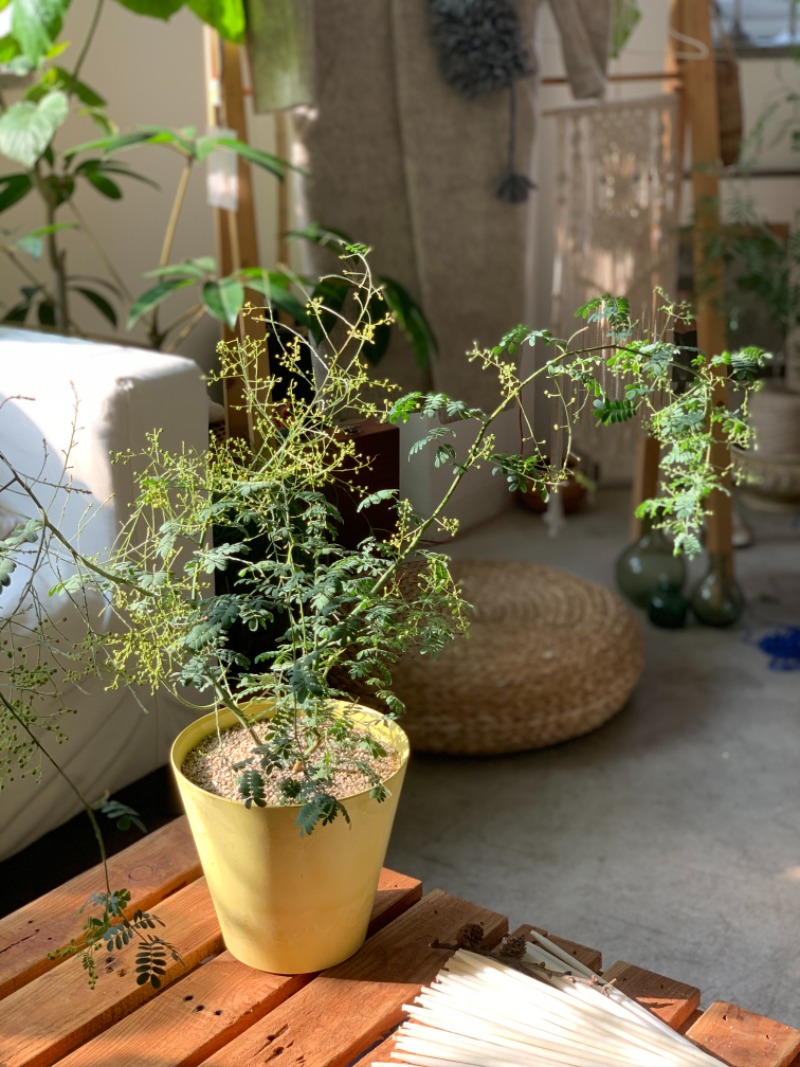
Home gardening is occupying green thumbs from all generations as COVID-related restrictions force more stay-at-home activity. A medley of online classes presents the best ways to grow vegetables and flowers.
© CLASS 101
Forced to work from home, Park Eun-jin, 36, first purchased a small plant as a balm for the weariness of the COVID-19 pandemic. Now her balcony is filled with greenery and she wonders how she even lived without plants. “I had coronavirus depression. But I now feel comfortable and stable when I take care of my plants,” she says.
Kim Kyeong-seon, a 39-year-old working mom, had associated gardening with her parents’ generation until she stumbled upon a one-day, online gardening class. Soon, her balcony held plants to provide an activity for her children, who are unable to attend school or visit a weekend hobby farm because of COVID-related restrictions. When the pandemic abates, Kim plans to enroll in an offline class devoted to “planterior,” a portmanteau of “plant” and “interior” that stresses the decorative and calming effects that indoor plants offer.
About a decade ago, retirees began embracing interior gardening. Now, the pandemic has stoked interest among those who are both younger and older, dubbed “farmrini” – a mash-up of the words “farm” and “eorini” (“children” in Korean). Originally, farmrini referred to beginners in RealFarm, a social network game.
Since it’s easy to start – just put soil in a cup and combine it with a seedling, water and sunlight – novices, many of whom have never had a home with a yard, quickly gain confidence that their dirt-covered hands will produce something enjoyable and practical. In today’s apartment complexes, the primary form of housing, balcony gardens are seen everywhere, with rows of vegetables and decorative flowering plants stacked on metal shelving. In older neighborhoods, vegetables may occupy patches of ground and line narrow alleyways in pots.In a way, the mood for home gardening was primed before the pandemic. Seoul Botanic Park, the first of its kind in the capital, opened in October 2018 and has since greeted more than 10 million visitors. In the wake of this success, “botanic” has become a favorite label on the nameplates of all types of places – an apartment complex, a hotel, a wedding hall, a coffee shop, a real estate agency, a billiard parlor, a hospital and a convenience store.
Botanical Trend
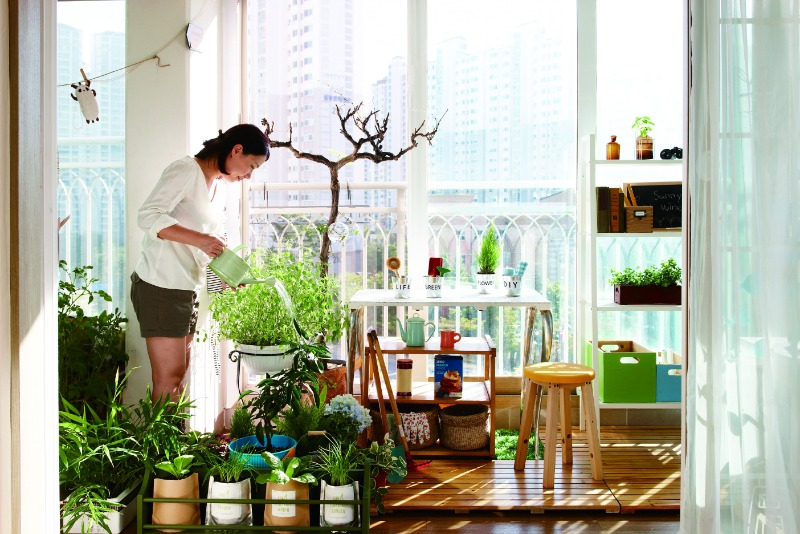
Many people cope with coronavirus blues by looking after plants, which helps produce serotonin, a chemical thought to regulate anxiety.
© Park Hee-ran
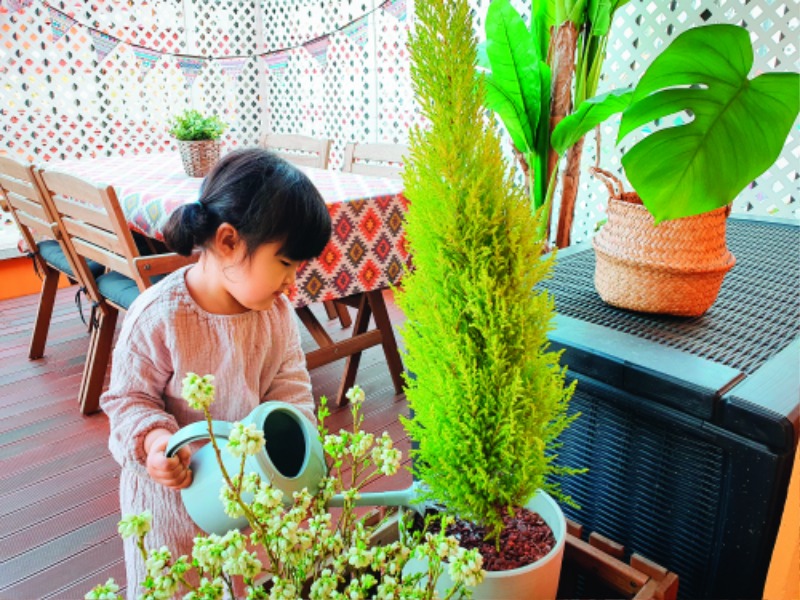
Caring for potted plants, children can experience nature in their living room. Now that apartments have become the major form of housing in Korea, living rooms, balconies and rooftops are turning into miniature gardens.
© Getty Image Korea/p>
Even before that, Korea’s Big Three department store brands – Lotte, Shinsegae and Hyundai – had begun trying to outdo each other with garden displays. Early this year, Seoul’s largest department store, The Hyundai, upended the traditional design of retail shopping locales. It committed a whopping 49 percent of its entire business area to indoor gardens and resting places, de-emphasizing floor space crammed with shelves and products.
Retail sales illuminate the home gardening boom. Lotte Mart, a hypermarket chain, said its January sales of gardening supplies increased 17.6 percent in 2019 and 18.7 percent in 2020, year-on-year. In 2020, when pandemic restrictions froze non-essential movement and shuttered businesses and schools, sales of flowerpots and vases rose 46.5 percent and 22.3 percent, respectively. Online shopping platform Interpark said its sales of gardening supplies increased 32 percent on-year in the second half of 2020.
The hydroponic cultivator rental business is also thriving. According to the Korea Invention Promotion Association, the value of the hydroponic cultivator market is expected to grow from 10 billion won in 2019 to a staggering 500 billion won by 2023. The related exhibition industry is soaring as well. A special exhibition titled “Hello, My Houseplant” was held at Sejong National Arboretum in South Chungcheong Province early this year, and an exhibition under the theme of “Gardening” will continue at Picnic, a cultural complex in Seoul, until October.
After the pandemic subsides, restoring a myriad of options outside our homes, food prices may still sustain interest in indoor gardening. Year-on-year, the price of scallions and garlic rose 130 percent and 53 percent, respectively, in May 2021. Both are essential in making kimchi and various other side dishes, so many households are cultivating them especially.
The interest in growing scallions inspired yet another portmanteau: “patech,” from “pa,” the Korean word for scallion, and “jaetech,” a derivative of the Japanese word “zaitech,” referring to financial engineering methods applied to make investments that have high potential.
The longer the green thumbs can hold down food budgets, the better the chance that vegetables will continue to be seen growing on apartment balconies and shelves next to windows.
Planterior and Pet Plants
The planterior trend came on the heels of interior gardening. Analysis of credit card purchases by the Hana Institute of Finance showed an eight percent and 10 percent drop in the sales of flowers and flowering plants from January to February 2020, respectively. But in March, when COVID restrictions were tightened, the trend sharply reversed, rising four to 30 percent each month from April until October.
In some households, plants are much more than a way to dress up the interior. They have become pets. This notion has softened feelings of loneliness and isolation, especially among singles and the elderly. The interest expanded after celebrities, including members of the mega-hit boy band BTS, began tweeting about their plants and referring to them as pets.
Government analysis of consumer trends toward flowing plants showed the number of clicks or searches on the floriculture industry and flowers increased about 10.3 percent on-year in 2020, a reflection of the growing interest in planterior and pet plants.
Stephen Kaplan, an American psychologist, put forth an attention restoration theory that suggests time spent with nature can relieve mental fatigue. Plants boost serotonin levels and reduce depression and anxiety. Those who have been fascinated with home gardening have likely experienced the healing power of plants. This increases the chances of home gardening being accepted as a lifestyle even after the pandemic recedes.
What’s next? Perhaps a firm like Herbert, an Austrian startup that has a system called “Ponix,” enabling plants to be grown vertically towall designs and fixtures like picture frames; or Vincross, a Chinese startup that has developed a robot plant that moves like a pet animal. For plant care services, plant clinics and hotels will treat houseplants and allow travelers to drop off their plants and then retrieve them after their trip. There is even an online service that gives diagnoses or prescribes medication for houseplants.
In some households, plants are much more than a way to dress up the interior. They have become pets.
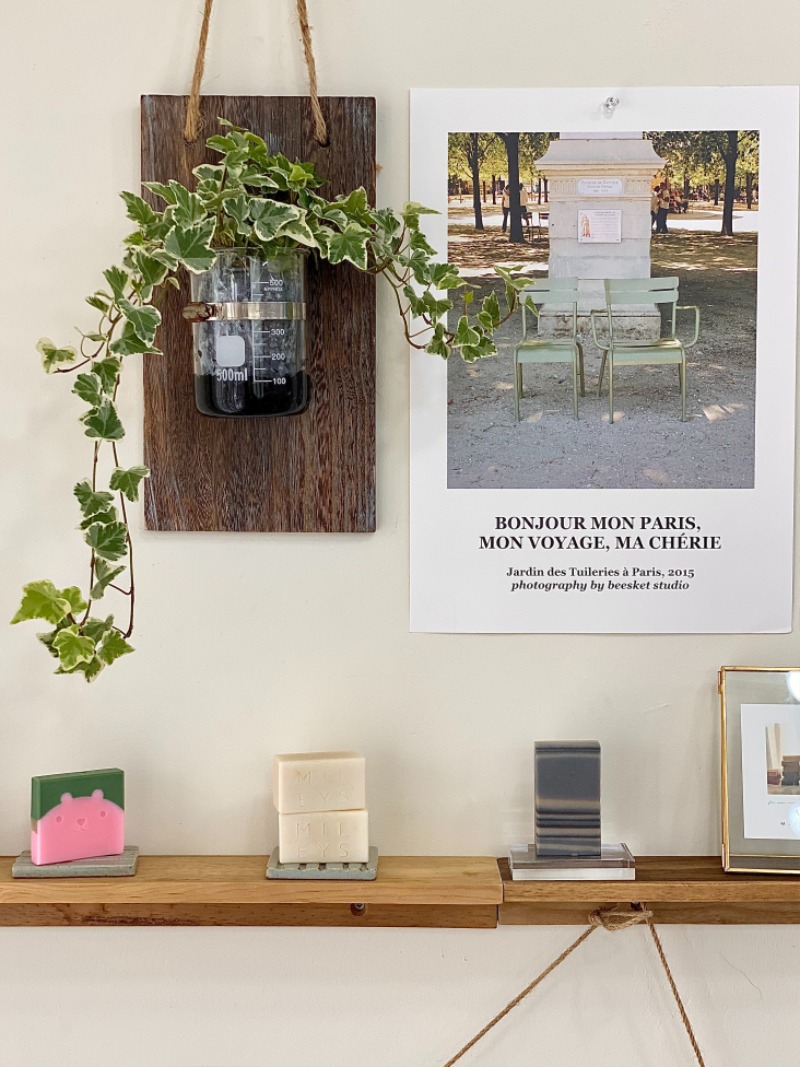
Easy-to-follow online lessons reach beyond simply putting soil and plants in a pot. A variety of classes are on offer, including plant arrangement for wall decoration.
© CLASS 101
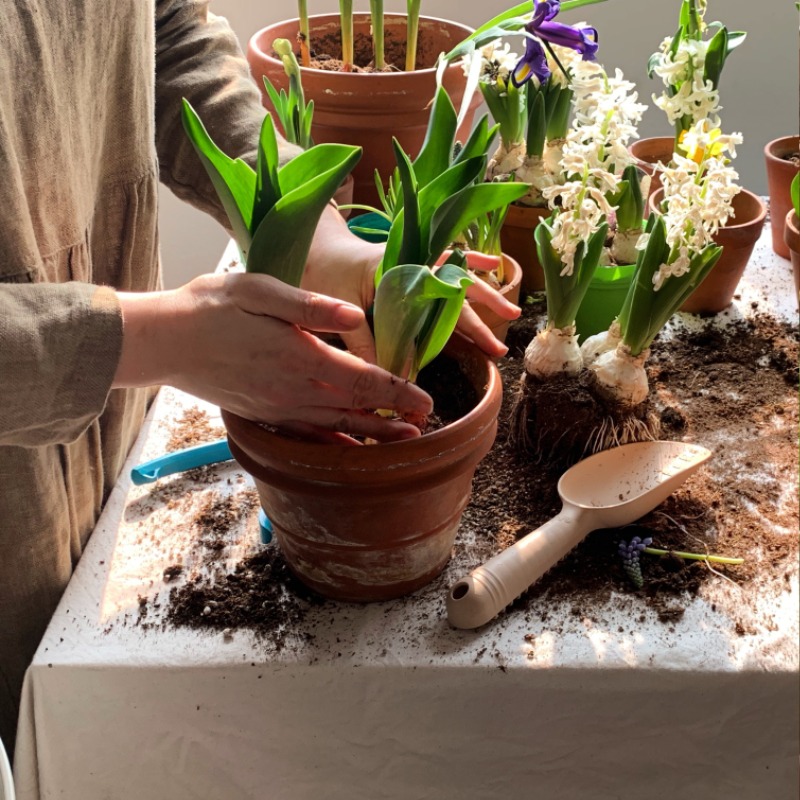
Home gardening classes are also called “plant curation” courses. They provide closer looks at growing cycles, the dos and don’ts of growing plants, and ways to use them to spruce up spaces.
© CLASS 101